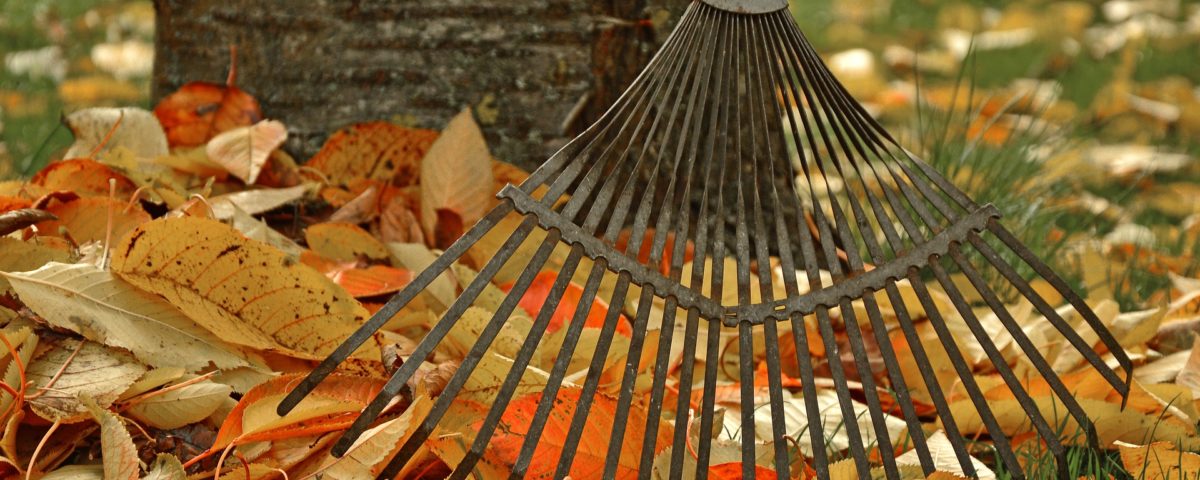Outside Hose Bibs & Irrigation
Don’t let your outside hoses freeze! Disconnect your garden hoses, remove excess water from them, and shut off all bibs and irrigation systems. This will ensure there isn’t any water left in the lines or fixtures that will freeze during Winter, expand, and crack.
Gutters
At the end of Fall, visually inspect, and remove gutter blockages such as leaves. Clogged gutters and downspouts will create a mess all around the home come winter thaw, so it’s best to get the channels freely flowing ahead of time.
Chimney
Before you start enjoying warm fires on cold winter nights, you should have your chimney inspected and cleaned.
Roof
Inspect the roof for damaged shingles or any other non-typical wear and tear issues. This can be done by climbing on the roof (be careful or hire a professional), or it is often done with binoculars from the ground.
Siding
Inspect your siding for damaged pieces and refasten or replace them as needed. This will keep any snow or ice out of the areas behind your siding where you don’t want it.
Egress Window Wells
Review all egress window wells and remove debris from window wells. Often during Fall, leaves find their way into egress windows and need to be cleaned up. You might even find a toy or two in there from summer playtime.
Windows and Exterior Doors
Fall is a good time to visually inspect your windows and doors for cracks or worn-out weather-stripping that may be letting in outside air. As time passes, your home shifts and small gaps can appear. It’s best to find these before the middle of Winter to keep your home optimally efficient and comfortable. In a Wesenberg Home, you can turn on your bath fans and the range exhaust and that will create enough suction on the home that if you walk around and feel around doors and windows for leaks on a crisp Fall morning or evening, you’ll feel a gust of air coming in if there are any problematic spots. If there are, adjust the door or window, or you can add weather-stripping available at any hardware store.
Tanked Water Heater and Sump Pump
Here’s an idea to maintain two items at once. Connect a hose to drain the water heater into the sump pit. Draining a tanked water heater can remove sediment buildup to extend your heater’s lifespan while filling the sump pit with water will test the operation of the sump pump, so it’s ready for Spring thaw. If the sump pump doesn’t turn on as the water fills the pit, then you may need a new sump pump.
Furnace
We recommend that you contact your local HVAC for an annual furnace check and tune-up, so it’s ready for the Winter ahead.
Air Conditioner
We do not recommend covering your air conditioner during Winter due to concerns of rodent intrusion of covered units. Rodents will nest inside covered AC units because it’s protected from the elements and they can cause harm to the unit itself.

